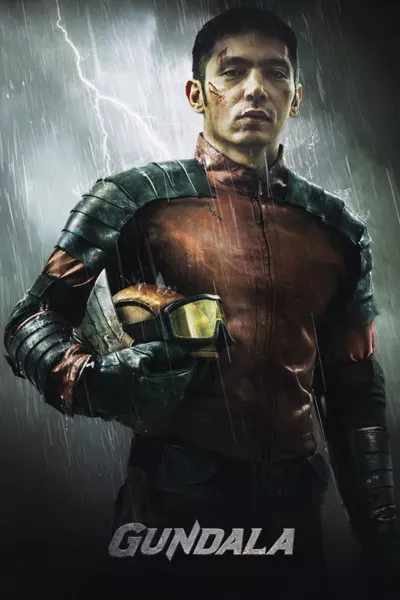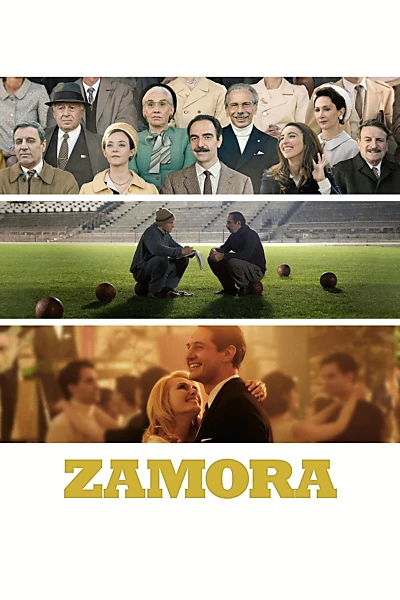The Band That Wouldn't Die (2009)
53m
Running Time
October 13, 2009Release Date
The Band That Wouldn't Die (2009)
53m
Running Time
October 13, 2009Release Date

Plot.
In late March of 1984, a moving company secretly packed up the Baltimore Colts’ belongings and its fleet of vans sneaked off in the darkness of the early morning. Leaving a city of deeply devoted fans in shock and disbelief. What caused owner Robert Irsay to turn his back on a town that was as closely linked to its team as any in the NFL? Academy Award-winning filmmaker Barry Levinson, himself a long-standing Baltimore Colts fanatic, will probe that question in light of the changing relationship of sports to community. Through the eyes of members of the Colts Marching Band, Levinson will illustrate how a fan base copes with losing the team that it loves.
Where to Watch.
 Subs
SubsCurrently The Band That Wouldn't Die is available for streaming online, rent, buy or watch for free on: Disney Plus
Streaming in:🇨🇦 Canada

Cast & Crew.

Paul Tagliabue
Self (archive footage)

Art Modell
Self (archive footage)

Barry Levinson
Self / Director

Jim Irsay
Self

Bill Simmons
Executive Producer

Chris Maxwell
Music

Joan Lynch
Executive Producer

Phil Hernandez
Music

Stan Flint
Producer

Chris Connelly
Consulting Producer

John Dahl
Executive Producer

Marcelo Zarvos
Original Music Composer

Lee Bonner
Producer

Erin Leyden
Producer

Michael Tollin
Consulting Producer

Connor Schell
Executive Producer

Jason Sosnoff
Producer

Joel Beckerman
Composer

Keith Clinkscales
Executive Producer

Joel Beckerman
Original Music Composer

Lee Bonner
Producer

Aaron Yanes
Editor

Regis Becker
Cinematography
Media.


Details.
This Movie Is About.
sport
american football
marching band
american football team
sports history
nfl
baltimore, maryland
You May Also Like.
Look at the other titles that might be interesting for you

Civil War (2024)
Movie
9

Bangkok Breaking: Heaven and Hell (2024)
Movie

Mantra Warrior: The Legend of The Eight Moons (2023)
Movie

Kalki 2898-AD (2024)
Movie

Monster's Battlefield (2021)
Movie
9

Jawan (2023)
Movie
1

Fighter (2024)
Movie

One More Shot (2024)
Movie

Along with the Gods: The Two Worlds (2017)
Movie
5.5

The Soccer Football Movie (2022)
Movie

The Advent Calendar (2021)
Movie

The Kill Room (2023)
Movie
1

Ghost in the Shell: SAC_2045 Sustainable War (2021)
Movie

Gabriel's Redemption: Part I (2023)
Movie

The Great Arms Robbery (2022)
Movie

F (2010)
Movie

Gundala (2019)
Movie
6.17

A Rage in Harlem (1991)
Movie

Old Man Junior (2024)
Movie

Zamora (2024)
Movie

